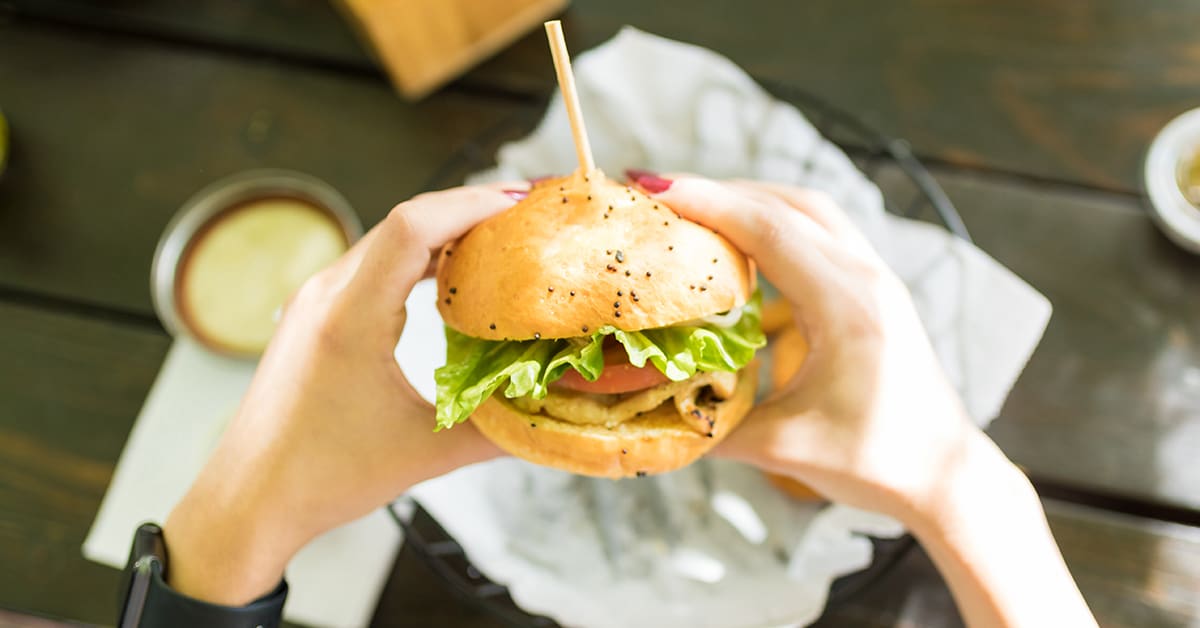Everything You Need to Know About Mindful Eating for Weight Loss


Chances are, you're no stranger to multi-tasking. You scroll through Facebook when you stand in line, watch TV while you fold laundry, and help with homework while you cook dinner. While these habits are fairly benign, multi-tasking while you eat can impact your weight loss.
Think about your last couple of meals. What were you doing besides chewing? Distractions can make it difficult to recognize when you're full. Mindful eating, or being fully present while eating, increases your awareness so you can consume more consciously, less automatically, and with more pleasure—a good thing since appreciating how your food looks, the aroma, taste, and texture can affect the amount you eat.
Turns out, people who eat more mindfully eat less overall and have a better sense of how much they've eaten than people who eat while distracted. What's more, they tend to weigh less than those who eat quickly.
To be clear, mindful eating isn’t about finding the time and space to eat in absolute silence. (That's just crazy.) It just helps you to slow down so you can recognize how much you've eaten and whether you've had enough. Ready to eat more mindfully? Start here:
9 Ways to Try Mindful Eating
Do away with distractions.
Turn off the TV, and the smartphone, clear the table, and zero in on your food.Set a meal space.
Choose a place to eat that has few distractions—think kitchen table vs. in front of the TV. Turn this into the place where you always eat; if you only eat at the kitchen table, you'll be less likely to think "snack time!" every time you settle down on, say, your couch.Take a quiet moment.
Before you begin eating, stop to reflect on your mood, the meal, your day... anything. Pausing for a moment ahead of your a meal can help you switch off automatic eating.Take it all in.
How does the food look and smell? Anticipate that first taste. Once you begin to dig in, pay careful attention to how fast you eat, how much you eat, the flavors and textures of the foods you're eating and what you notice about them.Downsize your bites.
Taking smaller bites at a slower rate allows you to enjoy it more.Put down your fork.
Setting your fork down between bites can help slow you down (and likely eat less).Sip water between bites.
Taking breaks to rehydrate clears your palate and makes your meal last longer. Plus, water's just plain good for you. (Need help making it tasty? We've got you.)Pace yourself with the slowest eater.
While eating with others, conversation can distract you from what and how much you’re eating. But hey, eating alone can be lonely. When dining with company, locate the slowest eater and go bite for bite to pace yourself.Reflect before refilling your plate.
Give yourself some time before going for that second helping. If you're still hungry, have more. But if you just like the taste, try brushing your teeth or chewing some gum.